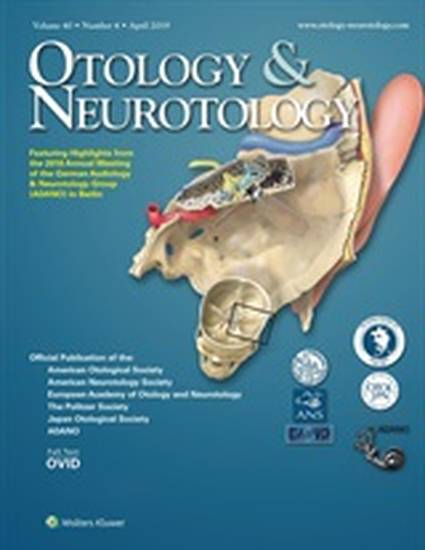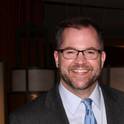
Article
Hearing Preservation Among Patients Undergoing Cochlear Implantation
Otology & Neurotology
(2015)
Abstract
Introduction: Despite successful preservation of low-frequency hearing in patients undergoing cochlear implantation (CI) with shorter electrode lengths, there is still controversy regarding which electrodes maximize hearing preservation (HP). The thin straight electrode array (TSEA) has been suggested as a full cochlear coverage option for HP. However, very little is known regarding its HP potential.
Methods: A retrospective review was performed at two tertiary academic medical centers, reviewing the electronic records for 52 patients (mean, 58.2 yr; range, 11–85 yr) implanted with the Cochlear Nucleus CI422 Slim Straight (Centennial, CO, USA) electrode array, referred to herein as the thin straight electrode array or TSEA. All patients had a preoperative low-frequency pure-tone average (LFPTA) of 85 dB HL or less. Hearing thresholds were measured at initial activation (t1) and 6 months after activation (t2). HP was assessed by evaluating functional HP using a cutoff level of 85 dB HL PTA.
Results: At t1, 54% of the subjects had functional hearing; 33% of these subjects had an LFPTA between 71 and 85 dB HL, and 17% had an LFPTA between 56 and 70 dB HL. At t2, 47% of the patients had functional hearing, with 31% having an LFPTA between 71 and 85 dB HL.
Discussion: Preliminary research suggests that the TSEA has the potential to preserve functional hearing in 54% of patients at t1. However, 22% (n = 6) of the patients who had functional hearing at t1 (n = 28) lost their hearing between t1 and t2. Further studies are needed to evaluate factors that influence HP with the TSEA electrode and determine the speech perception benefits using electric and acoustic hearing over electric alone.
Keywords
- Atraumatic technique,
- Cochlear implantation,
- Electroacoustic stimulation,
- Hearing preservation,
- Soft technique
Disciplines
Publication Date
March 1, 2015
DOI
10.1097/MAO.0000000000000703
Publisher Statement
Copyright 2019 Otology & Neurotology, Inc.
Citation Information
Van Abel, K.M., Dunn, C.C., Sladen, D.P., Oleson, J.J., Beatty, C.W., Neff, B.A., Hansen, M., Gantz, B.J., & Driscoll, C.L., (2015). “Hearing preservation among patients undergoing cochlear implantation. Otology & Neutotology, 36(3): 416-421.
